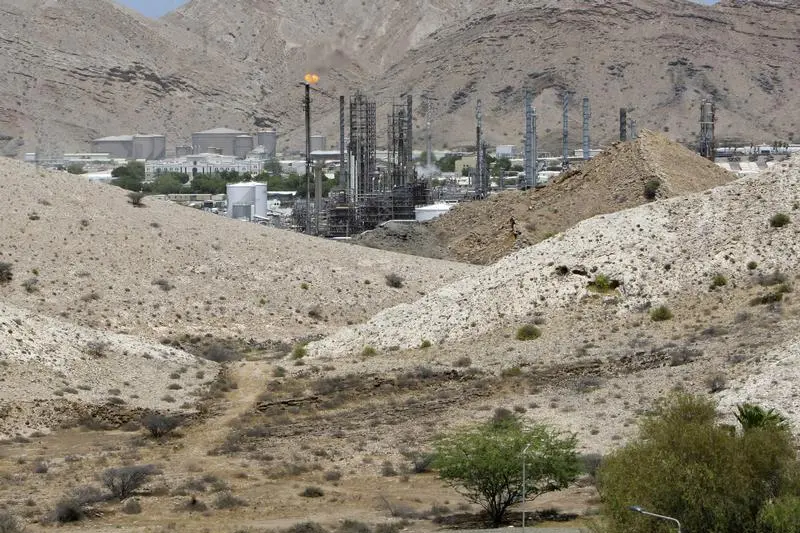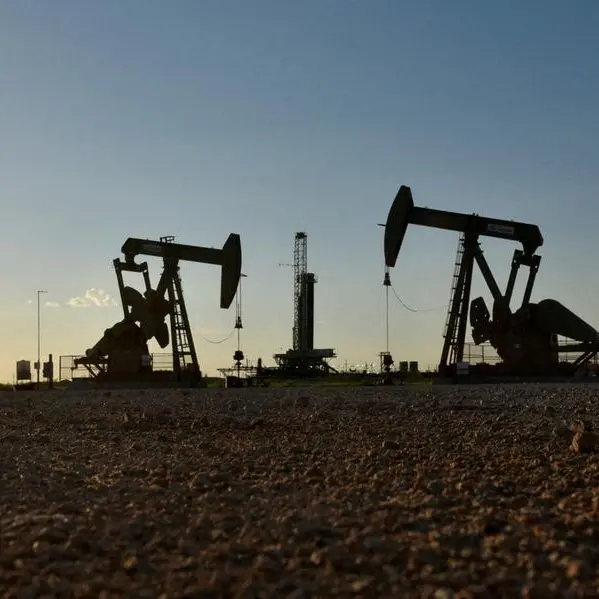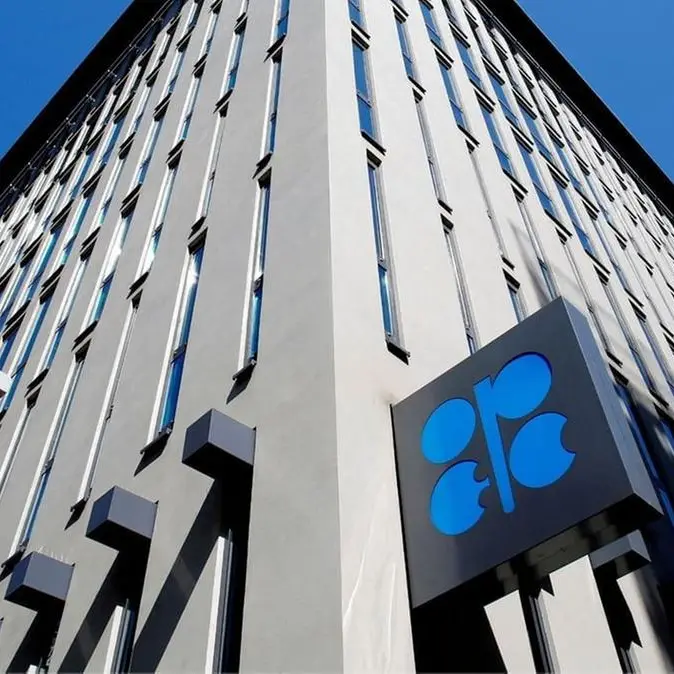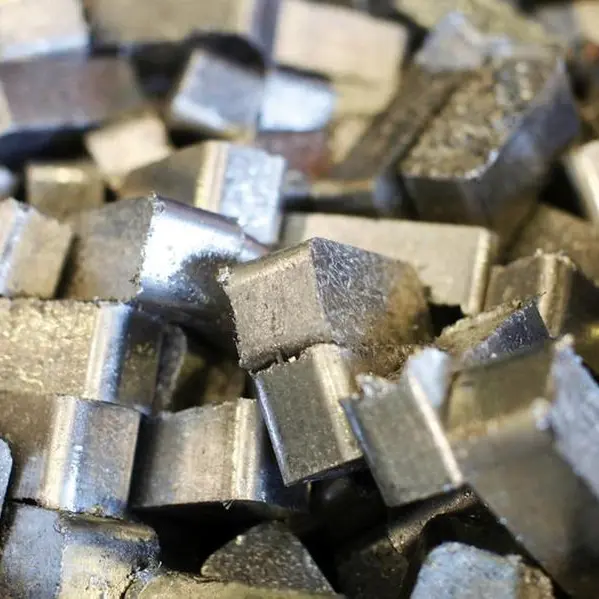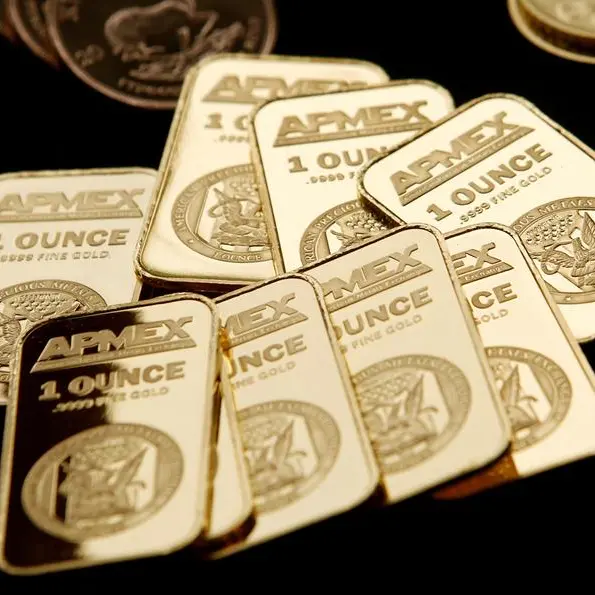PHOTO
Enhanced oil recovery (EOR), a process used to extract crude from ageing oil fields, could account for nearly a quarter of the overall production of Petroleum Development Oman (PDO) in next seven years.
EOR currently accounts for around ten per cent of PDO’s total production. Many of Oman’s oil fields are ageing and that could mean decline in production in the coming years, but with the help of EOR, which includes injecting steam, chemicals or other materials in the ground, the company plans to boost production.
‘Despite the challenging economic environment, PDO is continuing its journey in growing the future EOR contribution to oil production. It is anticipated that by 2025 more than 23 per cent of PDO’s production will come from EOR projects’, PDO said in its sustainability report released recently.
PDO is currently operating a range of commercial-scale EOR projects including chemical EOR, miscible gas injection and thermal applications. Concurrently, PDO is continuing to identify novel EOR technologies that have the potential to unlock difficult hydrocarbon resources. This is being done through a series of dedicated laboratory and field testing programmes, the report said.
PDO’s fact file also revealed that the company’s overall production in 2017 stood at 1.13mn barrels of oil equivalents per day, marginally lower than previous year as it cut production to comply with the sultanate’s commitment to OPEC’s agreement.
PDO’s average production of crude oil stood at 582,196 barrels per day (bpd), which is around 14,000bpd above the target for the last year while its gas production stood at 74.64mn cubic meters per day in 2017.
PDO has said that the decline in production was mainly due to Oman’s compliance with the production cut agreement between OPEC and non-OPEC producers.
Besides, PDO has taken various steps to curb expenditure and improve efficiency. These measures have helped it save over around US$390mn in oil and gas capital expenditure in 2017. Moreover, the company also took steps to renegotiate contracts which are likely to result in cost saving of around US$180mn over the next three to four years.
© Apex Press and Publishing Provided by SyndiGate Media Inc. (Syndigate.info).
